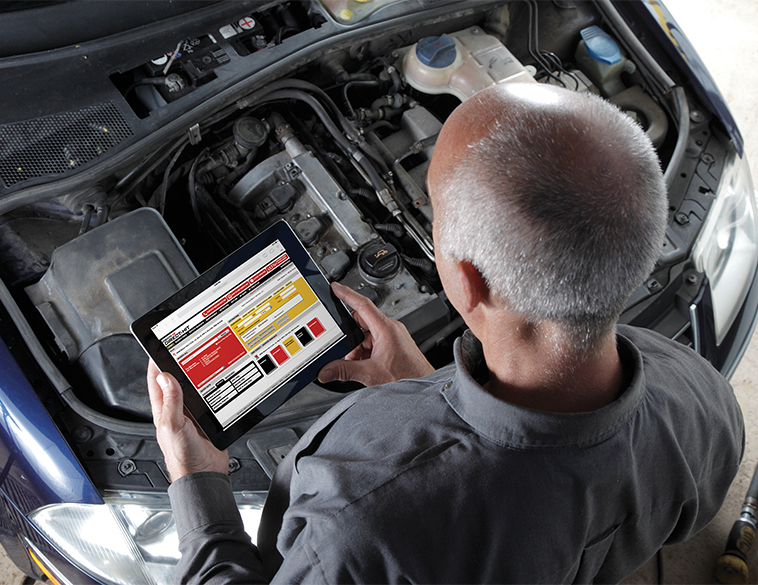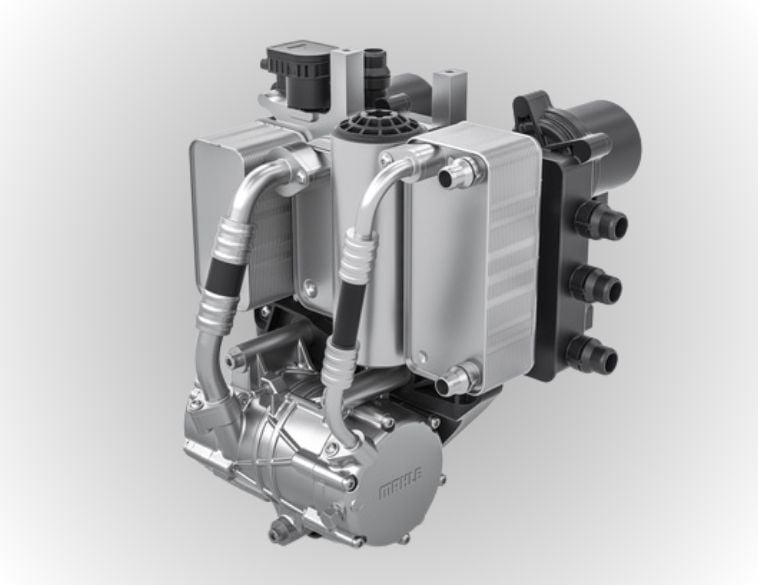Finding ways to access the right repair information, every time.
As vehicle complexity increases, the ability for automotive aftermarket technicians to successfully diagnose and fix problems becomes ever more critical.
And to do that effectively, technicians need fast, efficient access to the right information.
The reality is, however, that obtaining that information isn’t always straightforward.
Ongoing battles between OEMs and the aftermarket can make sourcing that vital data frustrating, while there have been notable inroads to providing effective solutions to the problem.
Aftermarket service centres and their technicians need to ensure they can fix as many vehicles as they can and not be in a position where customers have to be turned away.
Simply because the shop isn’t able to use the right tools and access the right information.
A top priority
At the Automotive Aftermarket Retailers of Ontario (AARO), access to vehicle repair information is a top priority.
The association has partnered with the National Automotive Service Task Force (NASTF) in the U.S. as part of a Repair it Right initiative.
Across North America, other associations, including AIA Canada and the Auto Care association and Automotive Aftermarket Suppliers Association (AASA), are also working together to ensure aftermarket service centres and technicians can get the information they need to repair vehicles.
Mark Lemay, President, Auto Aide Technical Services in Barrie, Ont. (and active AARO board member), says the current situation regarding information access can prove very frustrating for many aftermarket technicians.
“There are multiple issues,” he says.
“A lot of the OEMs [currently] don’t give good system operation descriptions and they don’t give you information on what the system is looking for.”
Lemay says if the OEMs were able to do a more effective job in explaining how vehicle systems actually operate, technicians would be able to develop a better understanding of how they work.
He also notes that the industry also needs to ensure that technicians are trained in critical thinking.
The problem he says is that such practices simply aren’t being taught very often.
“When the chart you’re looking at [during diagnosis] doesn’t fix the problem, that’s where a lot of the issues we run into actually are,” says Lemay.
He notes that analytical thinking like this is not being taught in trade schools and it’s not being taught at the shop level, in many cases because those technicians that do take on mentorship roles often don’t know how to teach it because they weren’t taught themselves.
Lemay says that currently, not enough aftermarket shops are taking training periods, which doesn’t help.
“I would estimate on a regular basis, less than 10% of our technician population is actively taking any kind of training.”
He does note that when it comes to equipment, more and more OEMs have been releasing factory software through J2534 reprogramming tools, though the cost can be quite expensive and not all OEMs are compliant.
Newer vehicle concerns
Don Mikrut, Chief Development Officer, Repairify (the parent of diagnostics solutions provider asTech), explains that in addition to training, and concise information access, another issue many aftermarket shops are running into is the types of vehicles that are now starting to come off warranty and enter the aftermarket in significant numbers.
These are frequently 2015-2017 model year vehicles, many of which have advanced features including Radar, LIDAR, stop-start, ADAS and others, meaning multiple modules on the vehicle and multiple calibrations required during repair and service work.
“When I get that four or five-year-old vehicle into my repair shop,” says Mikrut, “the biggest question, is how do I access the information once it is out of warranty?”
Because many shops rely on aftermarket third-party scan tools for diagnostics, Mikrut says it’s important to understand the effectiveness of these tools and, if the provider can provide the right data [and quickly enough] to enable the technician to actually diagnose and fix the problem.
A big issue for many shops is that the tools they have don’t always provide complete coverage and in many cases; it just isn’t cost-effective to acquire OEM scan tools for every make and model the shop does service.
Mechanical and collision
Mikrut says that asTech has been focusing on this issue for a long time and has been able to leverage experience in both the mechanical and collision repair spaces to provide effective solutions for technicians in the bay.
He notes that a key thing for shops to consider is the type and frequency of the vehicles they service and then focusing on having the right coverage for those vehicles.
“Even when you don’t have coverage, you can partner with a company like asTech which has the ability to scan every make, model and year of vehicle,” explains Mikrut.
The big advantage here is that because asTech has access to OEM tools, books and documents, the company can provide additional help and research for the technician in the service bay, plus by plugging in a single asTech unit to the vehicle, the shop tech can be linked to asTech’s own ASE certified technicians who can diagnose and run calibrations remotely, providing a much-needed resource for the shop techs who might not be trained on multiple OEM scan tools.
Mikrut, like Lemay, says that in many cases, shops and technicians run into the issue of seeing the Diagnostic Trouble Code (DTC) but the scan tool they’re using might not be able to cover all the modules on that vehicle, meaning they can’t pinpoint the problem and therefore, can’t fix the vehicle.
OEM tools, on the other hand, are often able to identify each module on the vehicle, giving the technician a much better chance of finding the issue and fixing it.
Mikrut says that because companies like asTech can bridge the gap between aftermarket and OEM scan tools, it provides a much-needed solution for independent service centres.
“We’re able to take out the need to be trained on multiple OEM tools and enable them to still be comfortable with the tools they are using, by providing that additional repair coverage and information when they need it.”



